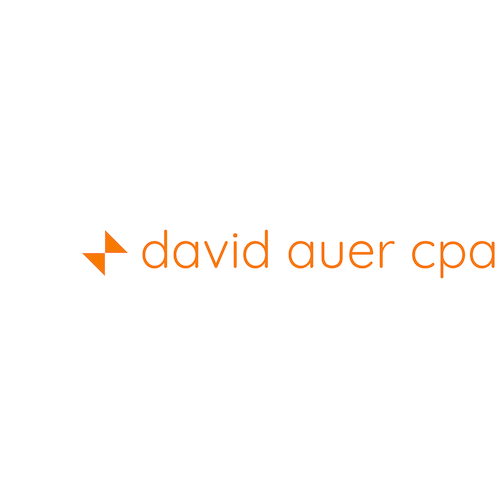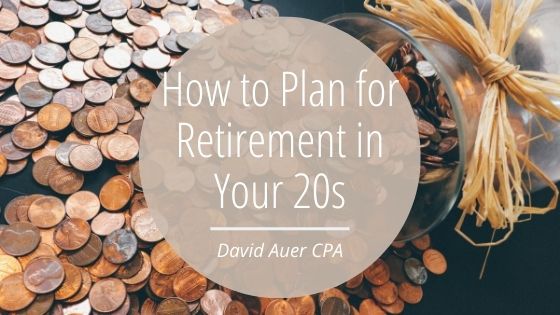When you think of the word retirement, chances are your mind automatically goes down the line to the later parts of your life. You’re in your 60s, no longer need to work full-time (unless you enjoy doing so), and you can finally just enjoy life. That retirement money doesn’t come out of nowhere, however, and there aren’t any “money trees” you can harvest to pay for your retirement lifestyle, as nice as that would be. Young adults need to start saving up for retirement now if they want to have enough money to live comfortably and have some extra money to do things just because they can.
In order to do this, you need to strategize the best way to plan for your future retirement. Here are some ways you can do that.
Learn about the 401(k)
If you have a job currently or had a job during high school, you’ve probably either heard the term 401(k) or read about it briefly in your contract. The 401(k) is simple: it’s a section of the IRS tax code that lets you invest money into a retirement account without having to pay taxes on that money. You’ll have to pay taxes on it once you reach retirement age, but for decades until that happens, you won’t have to worry about that. An alternative type of 401(k) lets you pay taxes on the money now at your current tax rate, rather than a higher tax rate later down the line.
The 401(k) is offered through your employer, who often matches the contributions you make to your account up until a certain amount. If your employer does match your contributions, make sure to contribute enough to maximize that advantage. Self-employed people can start their own 401(k) under their registered company name.
Start an IRA
An alternative retirement option is to open up an IRA, or Individual Retirement Account. IRAs have similar rules to 401(k)s, but the contribution limits on these accounts are lower; in 2018, people with IRAs were only allowed to contribute $5,500 annually (or $6,500 if they were over 50). There are many advantages to having an IRA, however—since it isn’t going through your employer, you have control over where and how your money is invested. If your employer doesn’t match your contributions, opening an IRA and maxing it out is your best option. You can put the remaining money into your 401(k) afterward.
Pay off your debt
The worst thing you could do is go into retirement while still having debt under your name. Financially, it makes no sense to put money into retirement, only to have thousands of dollars in debt that you need to pay off still—debt doesn’t go away because you’ve retired. Financial advisors recommend paying off your student loan debt in less than ten years if possible, then shifting toward your retirement savings. Of course, this isn’t solid advice for all financial situations, so go to a professional to get advice based on your personal financial situation before making any decisions.
Make an emergency fund
While having money in savings and retirement accounts is great and all, it won’t always be reliable because technology isn’t flawless. Retirement accounts, in particular, make it hard to use the money you put aside without worrying about a heavy penalty for tapping into your money early. You might be able to borrow from your 401(k), for example, but you’ll be expected to pay that money back to your fund. To avoid penalties, keep an emergency fund outside of your retirement accounts specifically for unplanned expenses. It’s best to keep three-to-six months worth of living expenses in these funds.
Invest, invest, invest
Investment can be scary to dive into, especially when you’re young and have never invested in something before. When you’re saving for retirement, this can be especially nerve-wracking, since a wrong move can send your retirement account into a world of hurt. This doesn’t mean you need to invest conservatively, however; investing aggressively in your 20s might actually be the smartest decision to make, since you’ll have 30 to 40 years to recover should the stock market take a turn for the worst.

